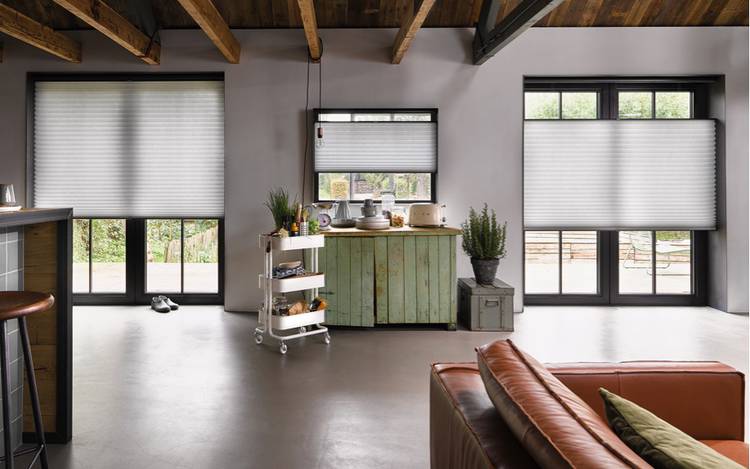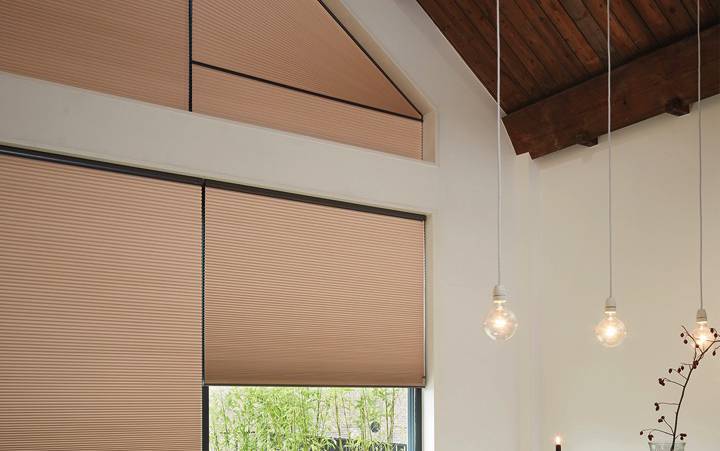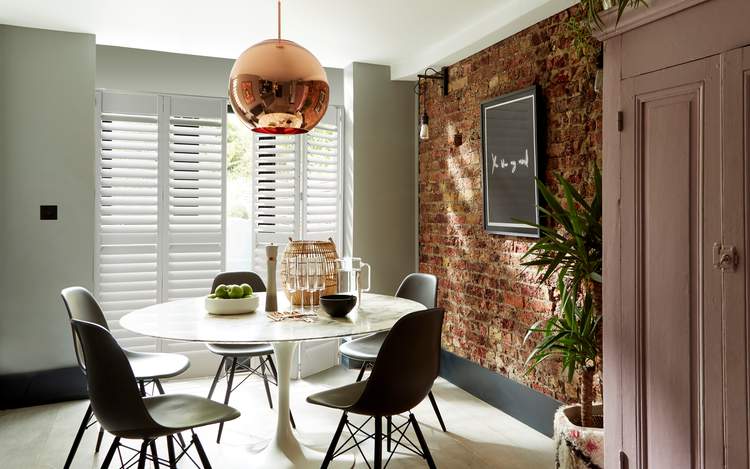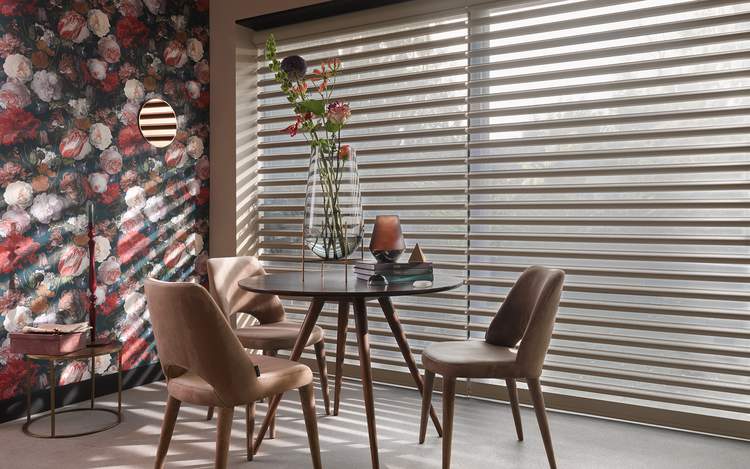Energy efficient buildings may find this less of an issue, but if reducing energy costs is key for you, the same principles apply to all: the cheapest way to heat a house is to stop what you already have leaving. Dressing windows for winter can enhance that sense of being secure and snug against the elements outside and will of course, add even more protection from escaping heat or draughty frames.
If you love the maximalist look or just the play of a clean-lined window covering against the flowing drape of curtains, the undulating silk of our Pirouette blinds can deliver both. These unique blinds add a touch of glamour to a room that extends beyond the window frames. With the right fabric you can also save electricity, as the gauze fabric will also disperse the light for as long as possible into the evening, pushing the time you need to switch the lights on later into the night.













